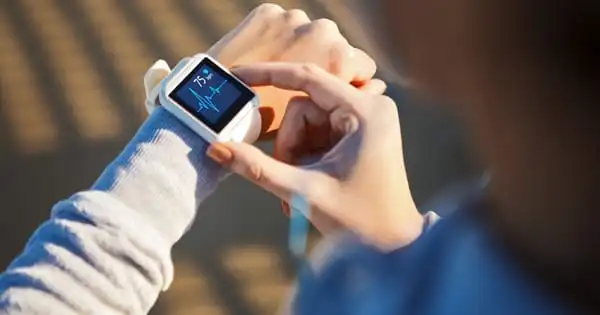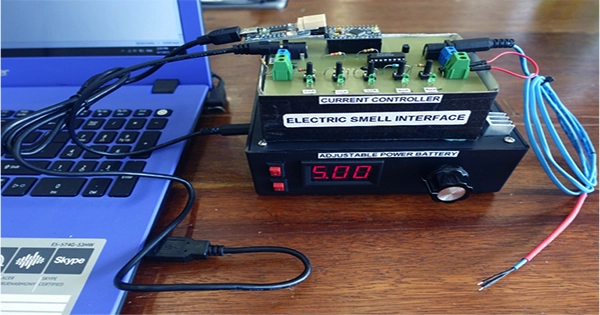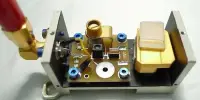When you lick its surface, a Japanese researcher invented a “taste display” that can produce any flavor. The “Norimaki Synthesizer,” a lickable screen, employs five distinct gels, each corresponding to one of the five tastes that the human tongue can identify — salty, acidic, bitter, sweet, and umami. According to the research, the device can mimic any “arbitary flavor” by weakening and enhancing these five diverse tastes using electrical currents.
“Like an optical display that uses lights of three basic colors to produce arbitrary colors,” Homei Miyashita, a researcher at Meiji University, explained in a paper posted on the university’s website, “this display can synthesize and distribute arbitrary tastes together with the data acquired by taste sensors.” According to Miyashita, the device deceived users into tasting “anything from gummy candy to sushi without having to put a single item of food in their lips.”

“When we covered the device in dried seaweed and presented a salty and sour flavor with a seaweed fragrance, it gave the impression that we were actually eating sushi,” he explained. According to him, the technology might provide “an entirely new medium for multimedia experiences.” It could, for example, be used to spice up monotonous in-flight meals, as Tech Xplore recommends. It might also be used for weight loss, providing consumers with a calorie-free way to enjoy their favorite flavors.
We’re accustomed to evaluating our digital devices based on their speed, audio clarity, display crispness, and storage capacity.If Homei Miyashita gets his way, we’ll be able to judge them by how delicious they are one day. A researcher at Meiji University has developed a handheld “lickable screen” device that, when fitted into your tongue, can duplicate all food taste experiences.
The device works by putting electrolytes into five gels that alter the intensity of the five main flavors: sour, sweet, bitter, salt, and umami. Umami, a lesser-known term originating from the Japanese word for a pleasant savory flavor, was only recently introduced to the basic tastes group, in 1990.
Electrophoresis, or the motion of tiny particles stimulated by an electric charge, is used in the procedure. When the five-tube device is placed on the subject’s tongue, all five taste sensations are experienced. Some tastes can be heightened while others recede when variously measured electrical charges are introduced (at a low enough voltage to cause no harm). Miyashita linked human impressions of pictures on television monitors to the manipulation of taste perception. Beautiful visuals appear on the screen to our eyes, but they are actually just a series of continuously pulsing red, green, and blue pixels in various combinations and intensities.
















